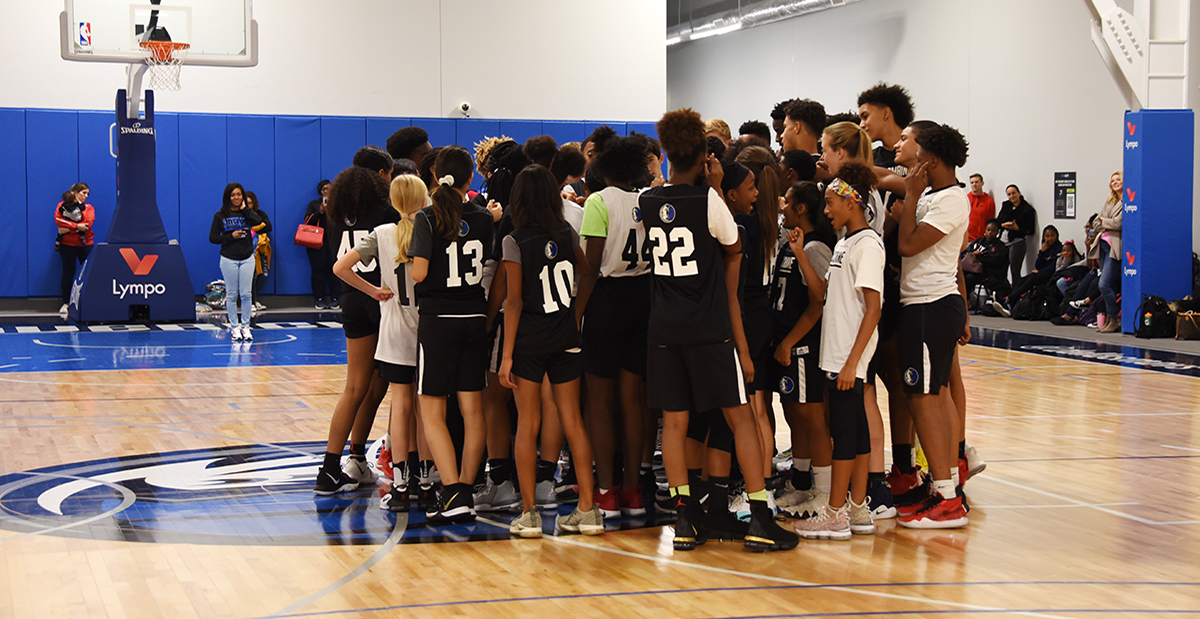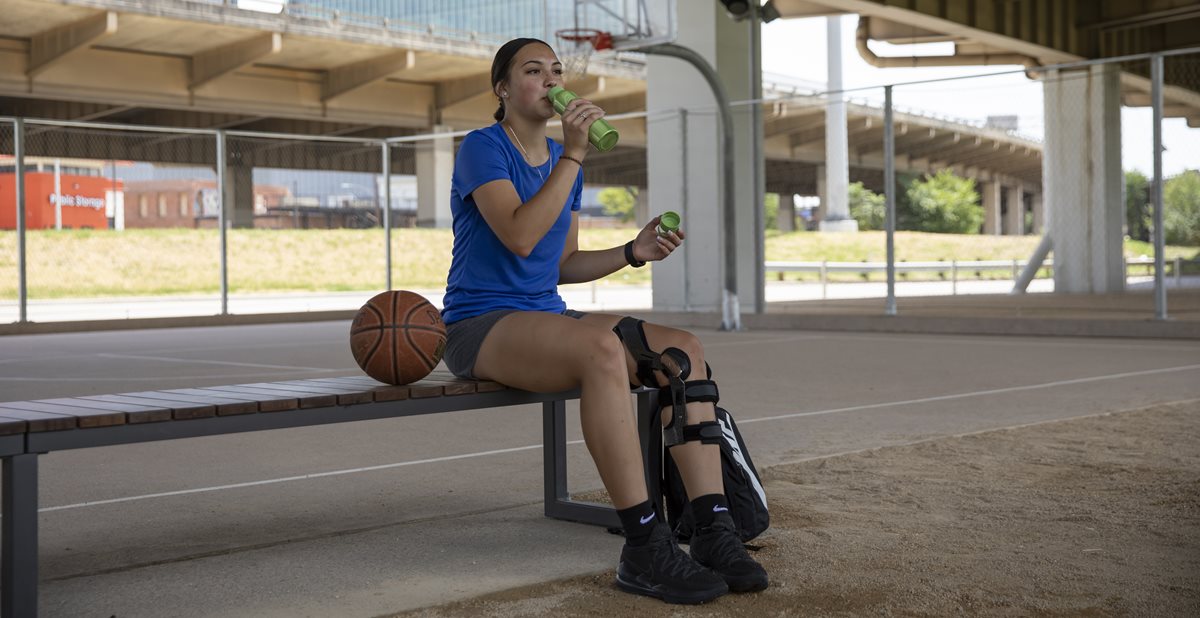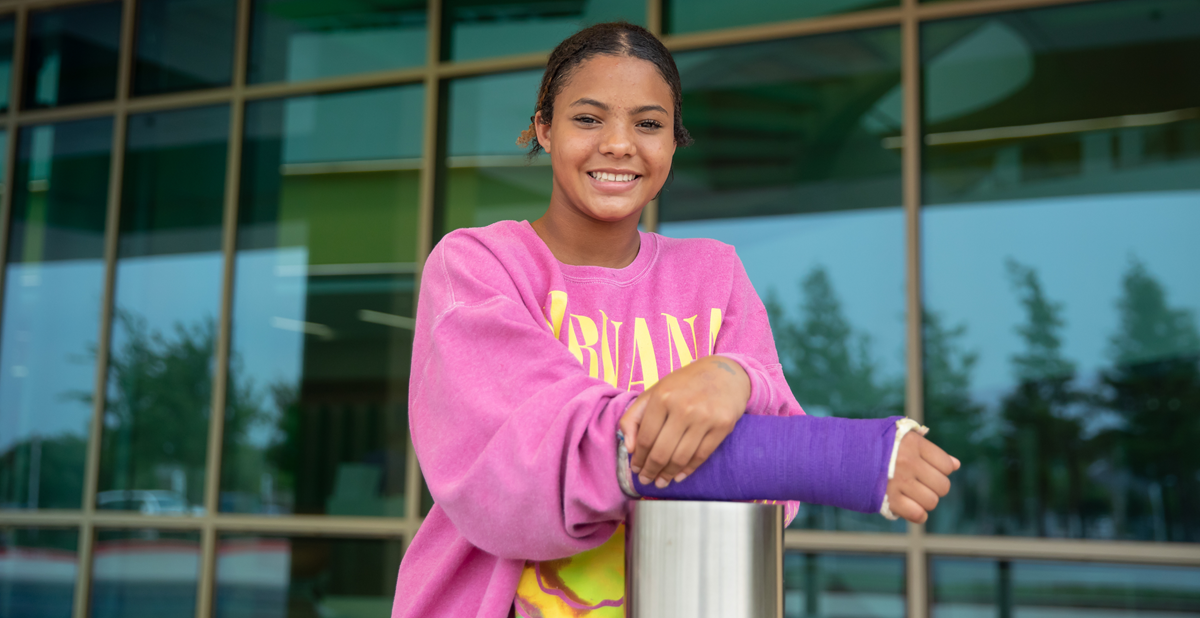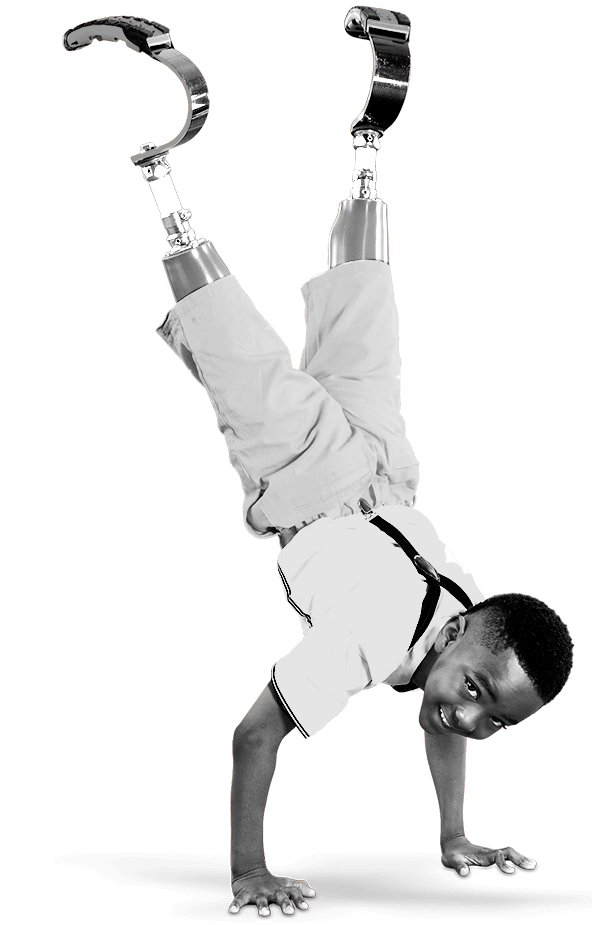
Jul 23, 2021 / Sports Medicine
Supporting Your Middle School Athlete
There are many transitions that occur around middle school. Here are a few changes you can expect in your young athlete.
As muscles begin to develop, a training session or game may leave the athlete with a new feeling of soreness. Teaching the difference of soreness and pain is important. A few days of muscle discomfort after training or competition is reasonable, but we don’t want them ignoring ongoing joint or muscle pain.
As the competition ramps up in this age group, some average athletes may be inclined to quit a sport or try to get out of workout. Take time to talk to your child about their feelings related to sports.
As muscles begin to develop, a training session or game may leave the athlete with a new feeling of soreness. Teaching the difference of soreness and pain is important. A few days of muscle discomfort after training or competition is reasonable, but we don’t want them ignoring ongoing joint or muscle pain.
- Onset of normal muscle soreness is typically a day or two after a practice or game.
- Pain associated with activity occurs immediately or during the activity.
As the competition ramps up in this age group, some average athletes may be inclined to quit a sport or try to get out of workout. Take time to talk to your child about their feelings related to sports.
- Find activities that are enjoyable, so they don’t quit completely.
- Maintain variety in sports through the age of 14.
- Encourage them to put in some extra work to prepare for sports. For example, find the right nutrition plan that keeps your athlete fueled for school and sports.



